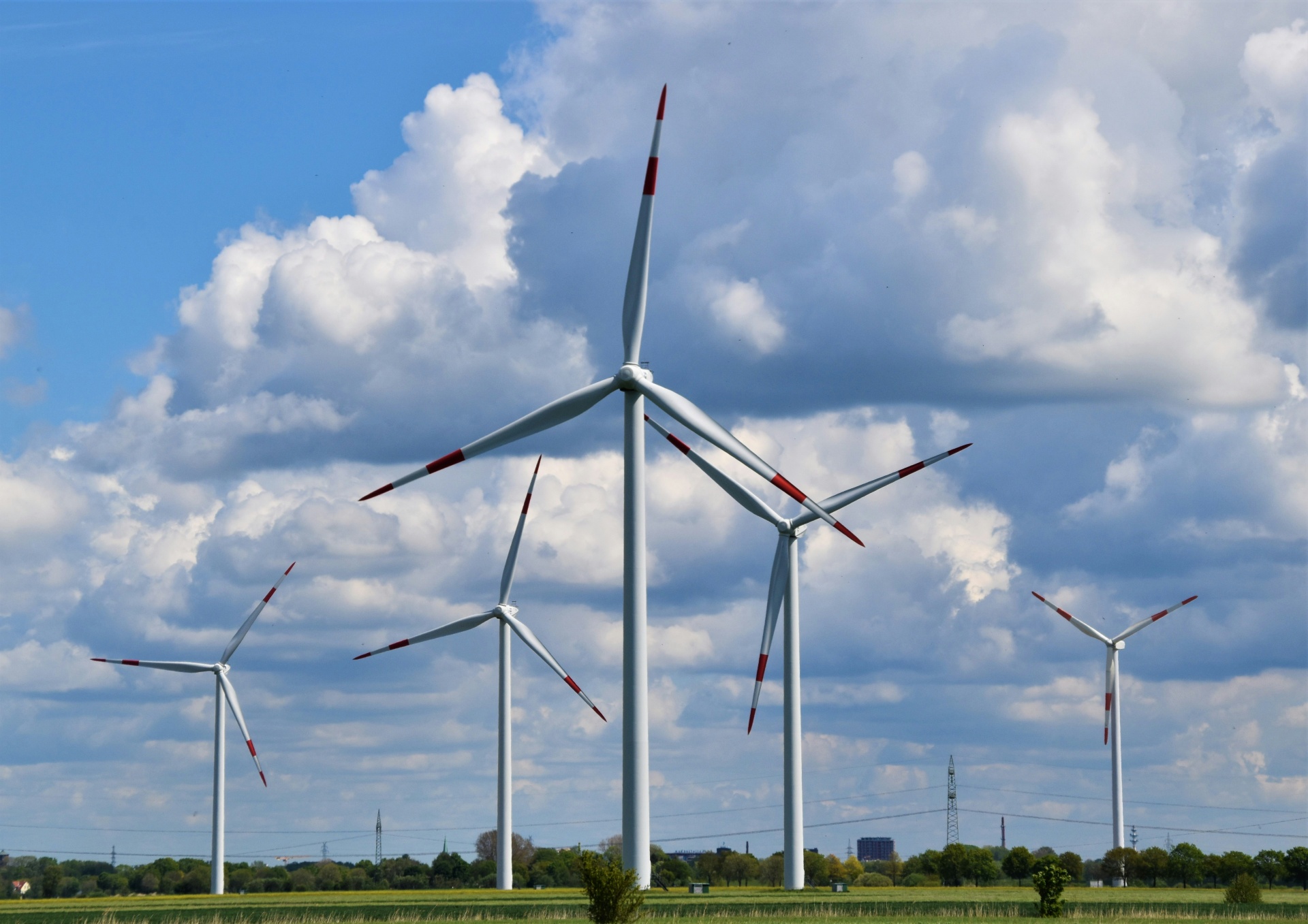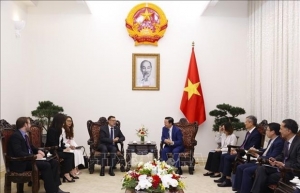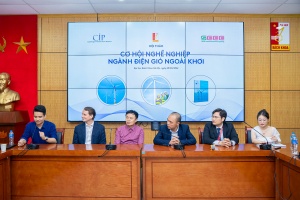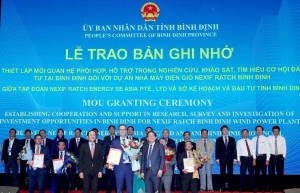Outlook positive for Vietnam's wind power
 |
According to Global Wind Report 2024 by the Global Wind Energy Council (GWEC), following a difficult year for wind in 2022 in Vietnam, 2023 showed some positive developments.
Early in 2023, Vietnam issued a new price ceiling for “transitional projects” (projects which have a power purchase agreement but missed the October 2021 feed-in tariff deadline), which resulted in 822MW of onshore and intertidal projects being commissioned by year-end.
The government also issued the long-awaited Power Development Plan VIII (PDP8) last May. The PDP8 sets the energy strategy for the country for 2021-2030. It includes a target for onshore wind of 21.8GW by 2030, up from the roughly 5GW of installed capacity by end of 2023. The target for offshore wind is 6GW by 2030 (with no installations currently), rapidly increasing thereafter to 91GW by 2050.
These ambitious targets for wind energy reflect the commitment of Vietnam to transition to net-zero by 2050, a pledge made by the prime minister at COP26 in 2021. The next step is to have a PDP8 Implementation Plan and detailed regulatory framework to turn the targets into reality.
In addition to the roughly 5GW of onshore and intertidal projects installed by end of 2023, there is another 3GW of transitional projects in the process of power purchase agreements (PPA) negotiation with Vietnam Electricity (EVN).
The Ministry of Industry and Trade (MoIT) issued the price ceiling for these projects (about 20-25 per cent lower than the previous FIT prices) and each project must renegotiate a new PPA with EVN.
The terms of the new PPA are viewed as less favourable for developers.
For example, the MoIT only allows projects that have all necessary permits to dispatch during the negotiation process, and they will enjoy a tariff of only 50 per cent of the ceiling price in this period. The difference between the 50 per cent tariff and the final tariff will be paid once the negotiations are finished.
According to the GWEC, the government needs to issue new policy and legal frameworks before any new onshore and intertidal wind projects can be constructed. New wind projects must also enter into a PPA negotiation process with EVN to determine the price – a process which will remain until MoIT issues a new auction for wind projects in the coming years.
The council also pointed out that Vietnam does not have any real offshore wind projects, only intertidal projects located near to the shore.
The 2030 target for offshore wind in PDP8 is very ambitious, and divided by region: 2,500MW in the North, 500MW in the central region, 2,500MW in the south central region and 1,000MW in the south.
In addition, the PDP8 also has a target for offshore wind projects for export. While there isn’t a specific volume designated for offshore wind, the total electricity export capacity for renewable energy is estimated to range between 5-10GW by 2030.
One project has already been identified and received a site survey licence: PTSC & Sembcorp, linked to the governments of Vietnam and Singapore, respectively, was approved as a special case by the prime minister.
The regulatory framework for offshore wind in Vietnam is underdeveloped. Coupled with the typical development and construction timeline of six to eight years for offshore wind projects, achieving the connection of the first generation of offshore wind by 2030 will be challenging.
The development of the new legal and regulatory frameworks is time-consuming, and potentially new law(s) are needed, which in Vietnam typically takes two to three years.
Many of the new regulations also cross multiple ministries and government departments. Recognising these hurdles, the GWEC has been advocating for the establishment of an inter-ministerial task group to accelerate the process – a measure which the government initiated in late 2023.
The GWEC has proposed a type of fast-track or pilot mechanism to be applied for the first offshore wind projects. The government has signalled that it is open to a pilot scheme, but what shape this will take is still unclear.
 | Vietnam, Australia cooperate to develop offshore wind power projects Deputy Prime Minister Tran Hong Ha received Australian Ambassador to Vietnam Andrew Goledzinowski and leaders of Corio Generation of Australia’s Macquarie Group in Hanoi on March 28. |
 | Offshore wind industry creating thousands of high-quality jobs in Vietnam Vietnam plans to increase its offshore wind power capacity from zero in 2023 to 6GW by 2030, with a target of 70-91.5GW of offshore wind power by 2050. To achieve this goal, investors, developers, and contractors need to prepare a skilled and high-quality workforce, especially for large-scale offshore wind projects. |
 | Nexif Ratch Energy signs an MoU for wind power in Binh Dinh Nexif Ratch Energy, a top renewable energy independent power producer in Southeast Asia, has signed an MoU with and the central province of Binh Dinh for the development of a 150MW onshore wind project in Van Canh district. |
What the stars mean:
★ Poor ★ ★ Promising ★★★ Good ★★★★ Very good ★★★★★ Exceptional
 Tag:
Tag:
Related Contents
Latest News
More News
- Heavy industries set for pilot greenhouse gas quotas (December 25, 2025 | 10:00)
- Swedfund invests in MSME growth and climate action in Vietnam (December 19, 2025 | 11:42)
- GreenYellow brings solar energy to light up remote schools in Tuyen Quang province (December 19, 2025 | 08:00)
- Charge+, Grab partner to develop EV charging network in Vietnam (December 18, 2025 | 17:11)
- Linking sci-tech and innovation to Vietnam’s net-zero future (December 18, 2025 | 14:31)
- Driving double-digit growth through green and circular transformation in Vietnam (December 17, 2025 | 09:00)
- Standard Chartered and ACCA deepen collaboration to develop Vietnam’s talent for a sustainable future (December 15, 2025 | 18:18)
- Schaeffler reports strong early output from Dong Nai solar project (December 12, 2025 | 15:16)
- Forestry conference highlights biodiversity and sustainability goals (December 09, 2025 | 13:35)
- Home Credit honoured among top 10 sustainable companies in trade and services (December 09, 2025 | 12:18)























 Mobile Version
Mobile Version